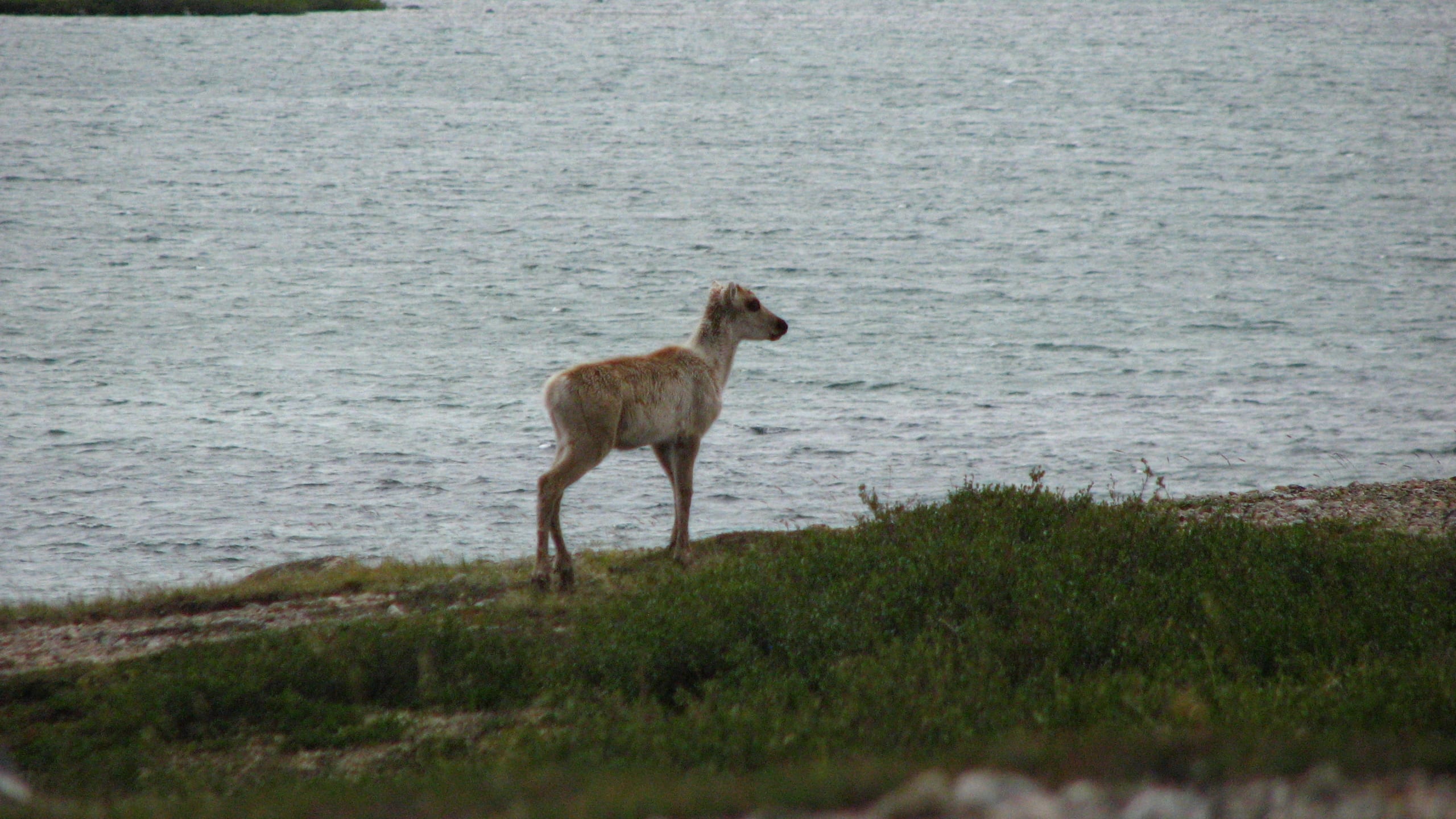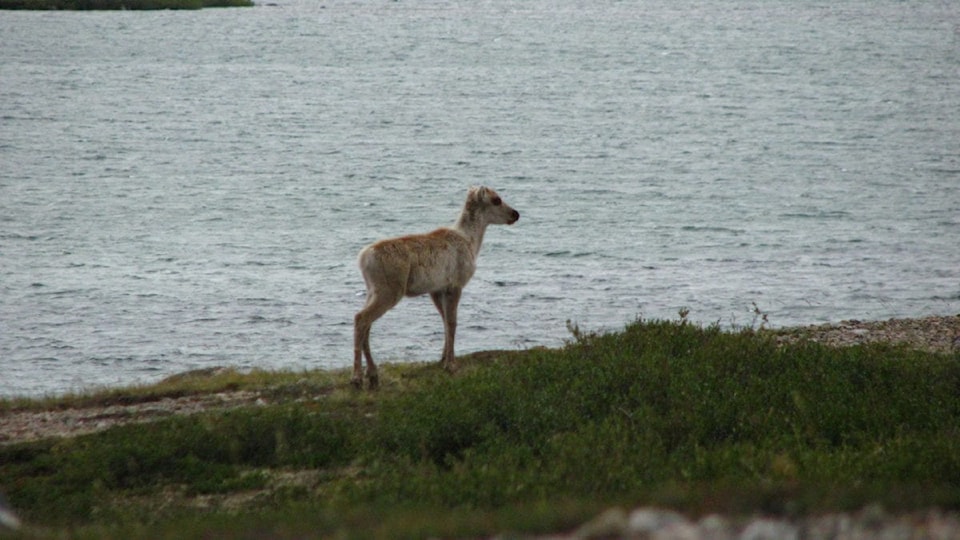To protect the ailing Bluenose-East and Bathurst caribou herds, cull the wolves preying on them.
A five year joint plan released on Friday between the Tlicho and Northwest Territories governments aims to do as much. Now before the Wek'eezhii Renewable Resources Board for review, the plan continues incentives for wolf pelts, removes tag fees, and extends support for harvesting training.

Photo Courtesy of the Northwest Territories Government
“Our people have been talking about the caribou for a long time. The caribou are in danger and we all need ... to do more to assist in their recovery,” Tlicho Grand Chief George Mackenzie said in an accompanying statement.

Nick Pearce / NNSL
Under the Enhanced North Slave Wolf Harvest Incentive Program incentives, there is $1,200 on offer for each wolf. In Nunavut, harvesters receive $900 from the Northwest Territories government and $300 from Nunavut.
NWT Indigenous harvesters and general hunters can receive an extra $400, given the pelt is prepared to traditional standards, and an additional $350 if it meets the prime fur bonus under the Genuine Mackenzie Valley Fur Program.
The Bathhurst Caribou herd has declined by 96 per cent since the 1980s.
The new plan partly attributes to a bump in human activities in the caribou’s range, and increased effects of climate change, like more frequent forest fires.
“The relationship between people and caribou has fundamentally changed,” the plan states.
Targeting the wolf population that preys on the caribou will assist stabilizing the population, according to the plan. A single wolf can eat 23 to 29 caribou a year, on average.
As part of the 2018-19 of the harvesting incentive program, 31 hunters took 56 wolves. According to the Northwest Territories government news release, 95 per cent of those wolves had caribou in their system when examined.
The targets set for this year are considerably higher. The plan calls for to kill 200 wolves from the Bluenose-East herd, and 100 from the Bathurst herd. Ultimately, the aim is to take 60 to 80 per cent of wolves from the winter ranges of both.
If harvesters don’t meet those reduction targets are not met by harvesters, aerial removal will be considered, according to the plan summary, which entails eliminating wolves from a helicopter.
“At times of low numbers, we know that caribou populations are especially vulnerable to predators,” Environment and Natural Resources Minister Shane Thompson said in a statement.
“Our hope is that reducing the number of wolves on the Bathurst and Bluenose-East caribou ranges will help increase survival rates of caribou enough to stabilize their population.”
